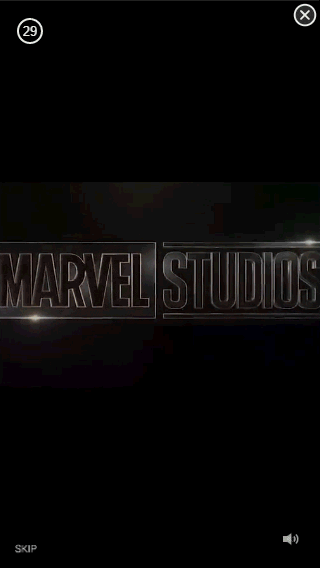Fuel campaign performance with laser-focused targeting
Even with the best targeting, insights and ad networks in place, any in-app ad spending will all be for naught unless you create and deploy the most effective mobile ad creatives. If people aren’t enticed to view, hear and interact with your ad, then your ad campaign will fall flat. The success of any mobile marketing effort rests on the creative.
But, while advertisers have mostly mastered effective ad creatives on older formats like print and television, mobile in-app advertising is a whole different ballgame. What kind of creatives work best on the mobile device?
Let’s get into how effective ad creatives are developed. Whether you’re creating fullscreen video ads, interstitial ads, native ads, banner ads and display ads, it helps to have... a firm understanding of what success looks like.
Is the goal of the campaign to generate high click-through rates back to a landing page? Is having a specific conversion rate for the ad important? Or are impressions and views the key performance indicator? It can often help to design the ad (and the larger campaign) around its ultimate goals, and that typically helps streamline creative decisions.
And, if you’re not sure what video ad metrics you should be tracking, then be sure to check out out guide on the topic.
In our experience, the very best mobile ads (and other effective ads!) have most of these things in common:
To see some of these points in action, consider this in-app ad:

Is the message clear? Yes, this is definitely an ad for the hit movie Black Panther.
Is the branding prominent? Definitely, there's no doubt about it.
Is the product featured in every shot? Considering that this is advertising a movie, we can answer this one in the affirmative.
Does it feature people? Not just any people, but famous actors to boot.
Is it eye catching? For sure! Not only does the action in the trailer catch the eye, but so do the characters featured in profile.
Is it interactive? Yep, that's true here. Not only can users scroll through the ad, but it features a rich media end card as a call to action as well.
This in-app ad ticks at least six of the nine boxes here, which is exactly what you’d want to see from mobile ad creative. And, it’s vertically oriented, making it especially ideal for smartphone owners.
So how do know if your creative worked? In the mobile in-app advertising space, there are dozens of third-party vendors that specialize in viewability verification, tracking, attribution and audience verification. The data collected from these third parties, along with data collected directly from the campaign and the ad network, can help determine if the right people saw and engaged with the ads, or if generated a lot of accidental clicks.
Now that we’ve covered the “how” here, let’s consider the “why” next. Why should any advertiser consider mobile ad formats in the first place, let alone in-app experiences? There are two fundamental reasons why:
Today, it’s harder than ever to get a consumer to actively view, pay attention to and interact with an ad on any digital channel. While the advertising user experience is typically better in apps than on any browser, it’s still increasingly difficult to capture someone’s attention. This is why getting in-app ad creatives right is key. With ideal creative, however, an ad campaign is much more likely to be successful.
Do you agree with our tips and tricks? Share your thoughts with us on social media! Send us comments on Twitter on LinkedIn, or let us know in the space below.
Register to our blog updates newsletter to receive the latest content in your inbox.